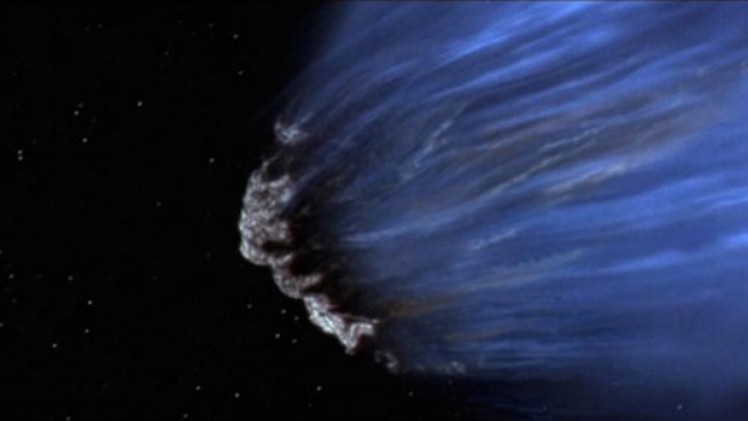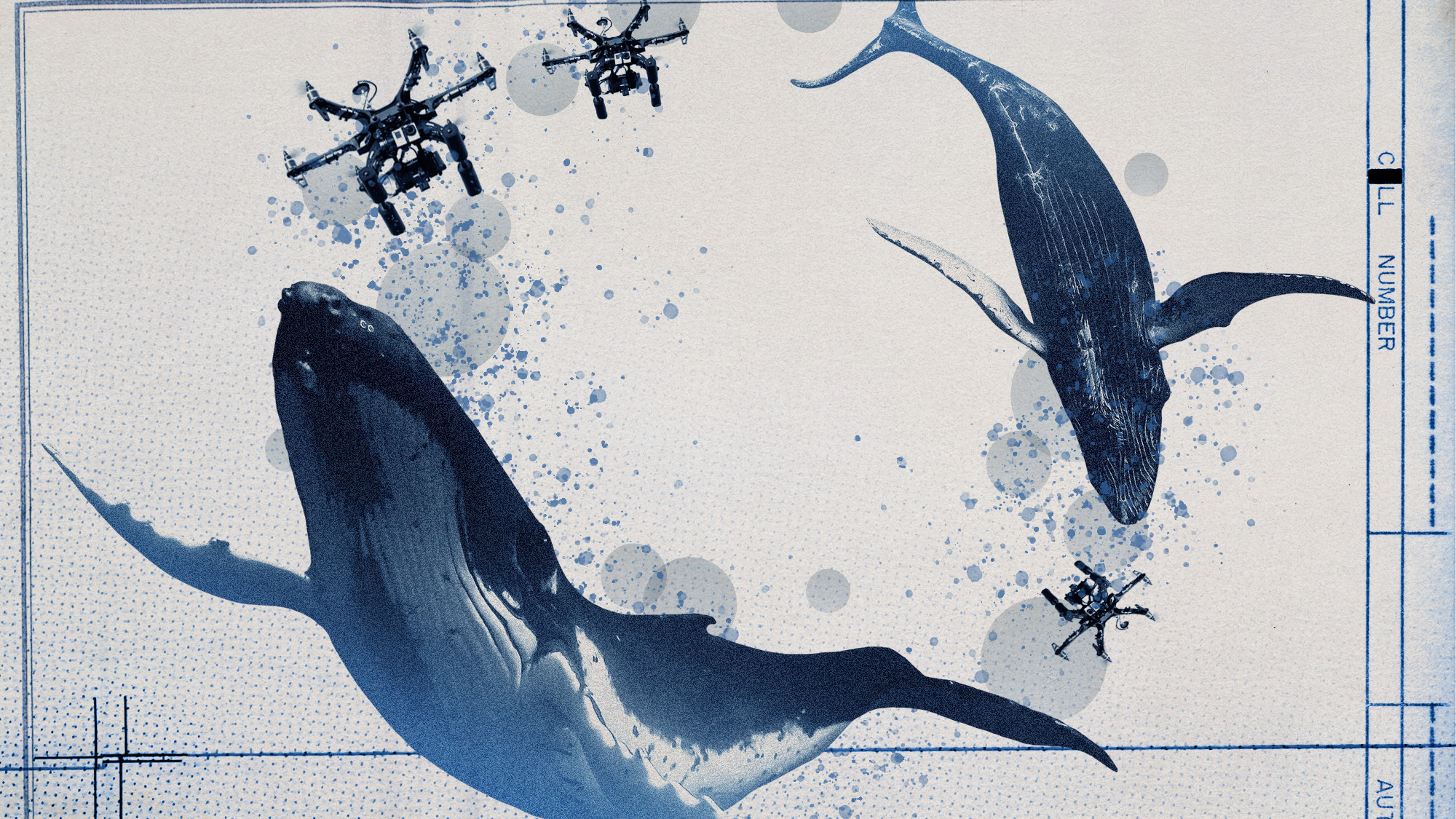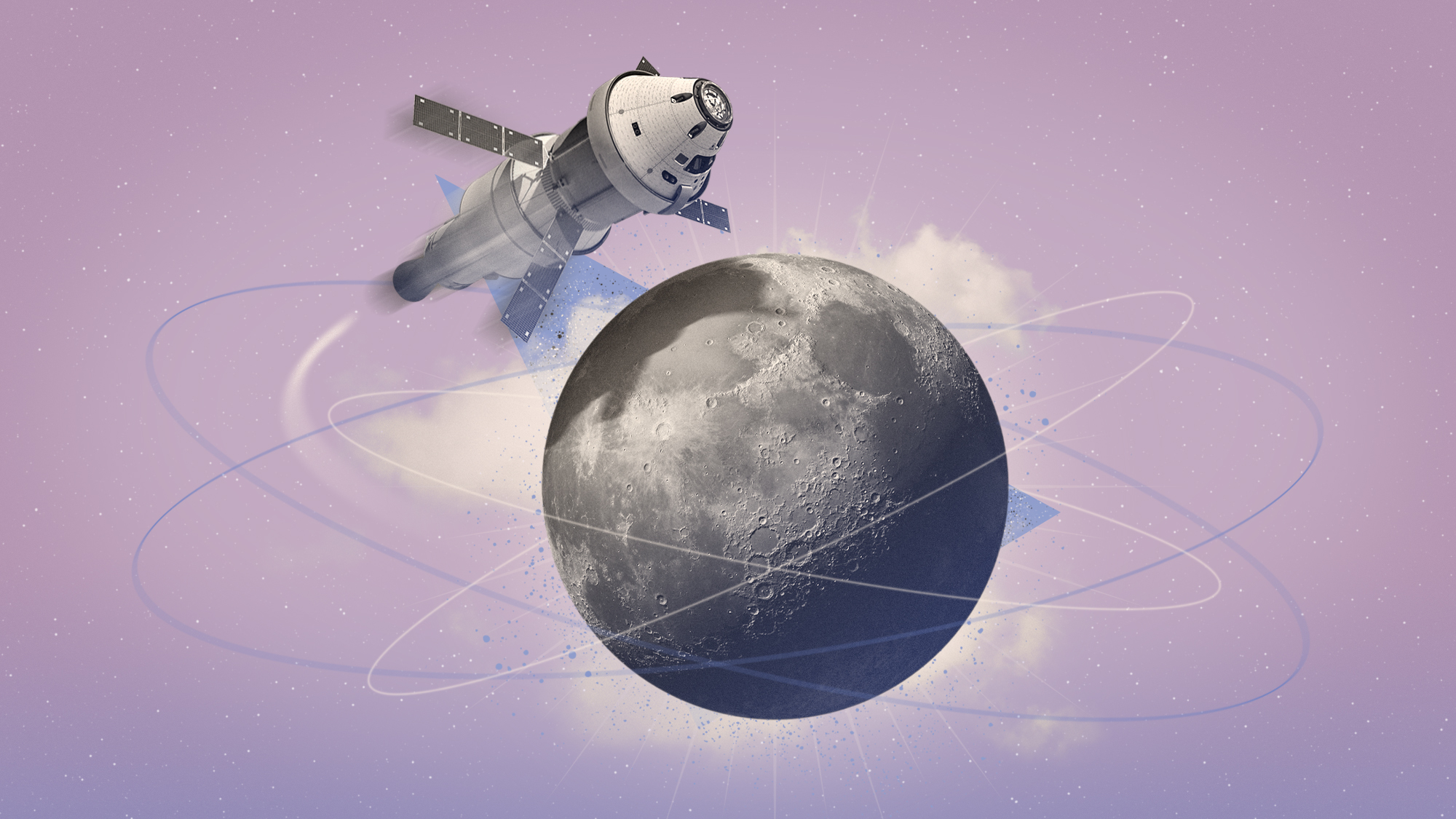Halloween asteroid: what you need to know about 'Great Pumpkin'
Discovered less than two weeks ago, the Great Pumpkin will make a 'close pass' on Halloween

Nasa is tracking an asteroid dubbed the "Great Pumpkin" that will fly past Earth on Halloween. Officially named Asteroid 2015 TB145, it is flying so close that scientists are hoping to observe it in "unprecedented" levels of detail.
What do we know about the Great Pumpkin?
The Week
Escape your echo chamber. Get the facts behind the news, plus analysis from multiple perspectives.

Sign up for The Week's Free Newsletters
From our morning news briefing to a weekly Good News Newsletter, get the best of The Week delivered directly to your inbox.
From our morning news briefing to a weekly Good News Newsletter, get the best of The Week delivered directly to your inbox.
It is estimated to be 400 metres wide and is being tracked with several optical observatories and radar equipment. It was discovered on 10 October by the University of Hawaii's Panoramic Survey Telescope and Rapid Response System, which is part of the Nasa-funded Near-Earth Object Observation (NEOO) programme. Sometimes called "Spaceguard", the NEOO programme keeps a watch on the skies, hunting for asteroids that might hit the planet and predicting their paths through space.
When will it fly past?
The asteroid is due to fly past Earth on October 31 at 10.05am PDT – 5.05pm in the UK.
Are we in danger?
A free daily email with the biggest news stories of the day – and the best features from TheWeek.com
No. Nasa describes it as a "close pass" but says the Great Pumpkin will travel at a "safe distance slightly further than the moon's orbit". According to Paul Chodas, manager of the Centre for Near Earth Object Studies in California, it will be no closer than about 300,000 miles at its nearest point of approach. "Even though that is relatively close by celestial standards, it is expected to be fairly faint, so night-sky Earth observers would need at least a small telescope to view it," says Chodas. Its "gravitational influence" is so small that it will have "no detectable effect on the moon or anything here on Earth, including our planet's tides or tectonic plates", says Nasa.
Why is it important?
Its close approach and size suggests it will be "one of the best asteroids for radar imaging we'll see for several years", says Lance Benner, who leads Nasa's asteroid radar research programme. "We plan to test a new capability to obtain radar images with two-metre resolution for the first time and hope to see unprecedented levels of detail," he says. With radar images as fine as two metres per pixel, Nasa says it should be able to discover a "wealth of detail about the object's surface features, shape, dimensions and other physical properties". The next closest known approach by an object this large is expected to be in August 2027, when asteroid 1999 AN10 that's around 800 metres in size is due to pass the Earth from about 238,000 miles away.
-
 How drones have detected a deadly threat to Arctic whales
How drones have detected a deadly threat to Arctic whalesUnder the radar Monitoring the sea in the air
-
 A running list of the US government figures Donald Trump has pardoned
A running list of the US government figures Donald Trump has pardonedin depth Clearing the slate for his favorite elected officials
-
 Ski town strikers fight rising cost of living
Ski town strikers fight rising cost of livingThe Explainer Telluride is the latest ski resort experiencing an instructor strike
-
 Artemis II: back to the Moon
Artemis II: back to the MoonThe Explainer Four astronauts will soon be blasting off into deep space – the first to do so in half a century
-
 The mysterious origin of a lemon-shaped exoplanet
The mysterious origin of a lemon-shaped exoplanetUnder the radar It may be made from a former star
-
 The 5 biggest astronomy stories of 2025
The 5 biggest astronomy stories of 2025In the spotlight From moons, to comets, to pop stars in orbit
-
 Blue Origin launches Mars probes in NASA debut
Blue Origin launches Mars probes in NASA debutSpeed Read The New Glenn rocket is carrying small twin spacecraft toward Mars as part of NASA’s Escapade mission
-
 ‘The Big Crunch’: why science is divided over the future of the universe
‘The Big Crunch’: why science is divided over the future of the universeThe Explainer New study upends the prevailing theory about dark matter and says it is weakening
-
 The moon is rusting
The moon is rustingUnder the radar The Earth is likely to blame
-
 Panspermia: the theory that life was sent to Earth by aliens
Panspermia: the theory that life was sent to Earth by aliensUnder The Radar New findings have resurfaced an old, controversial idea
-
 Africa could become the next frontier for space programs
Africa could become the next frontier for space programsThe Explainer China and the US are both working on space applications for Africa